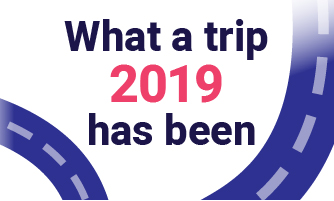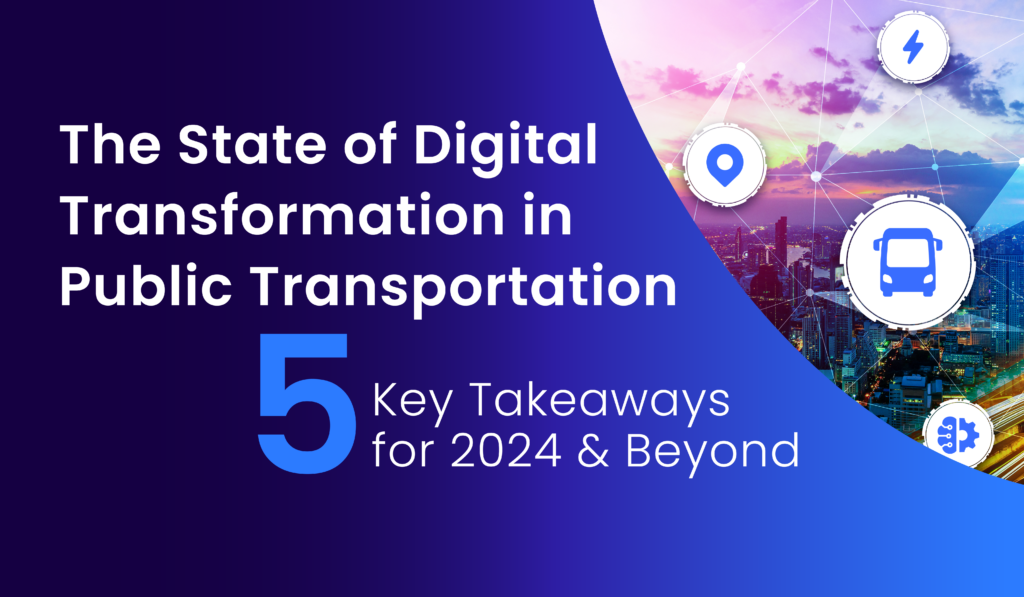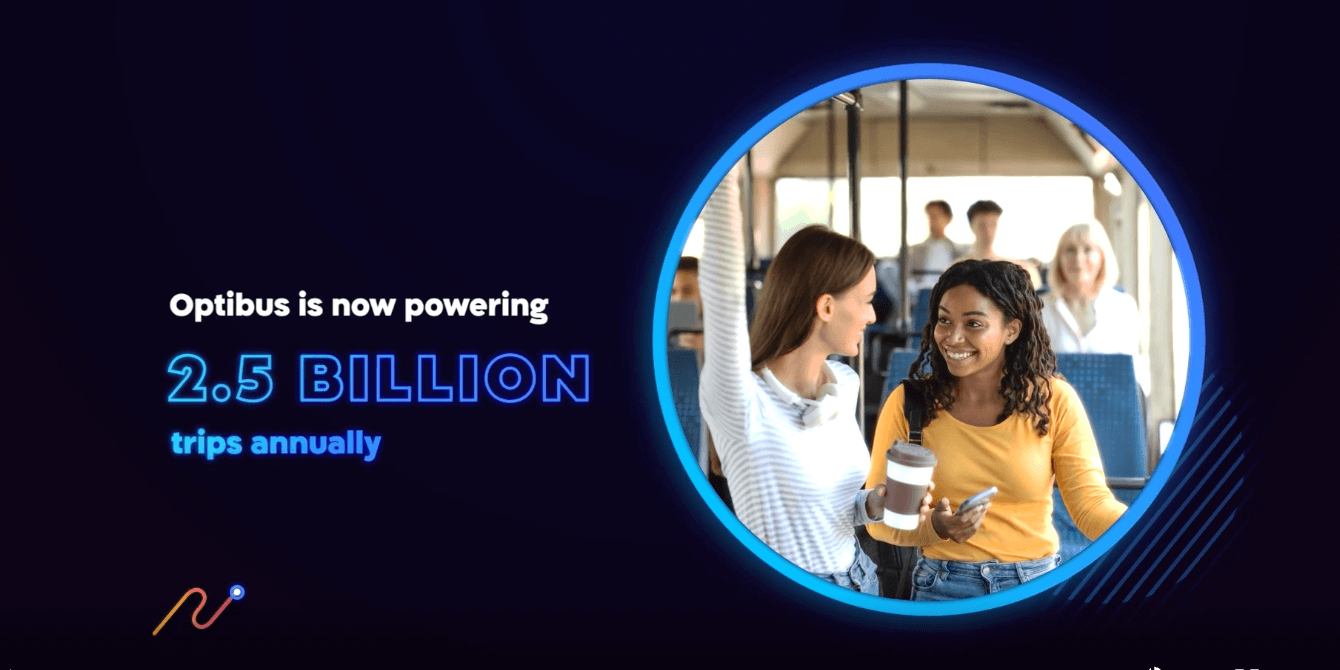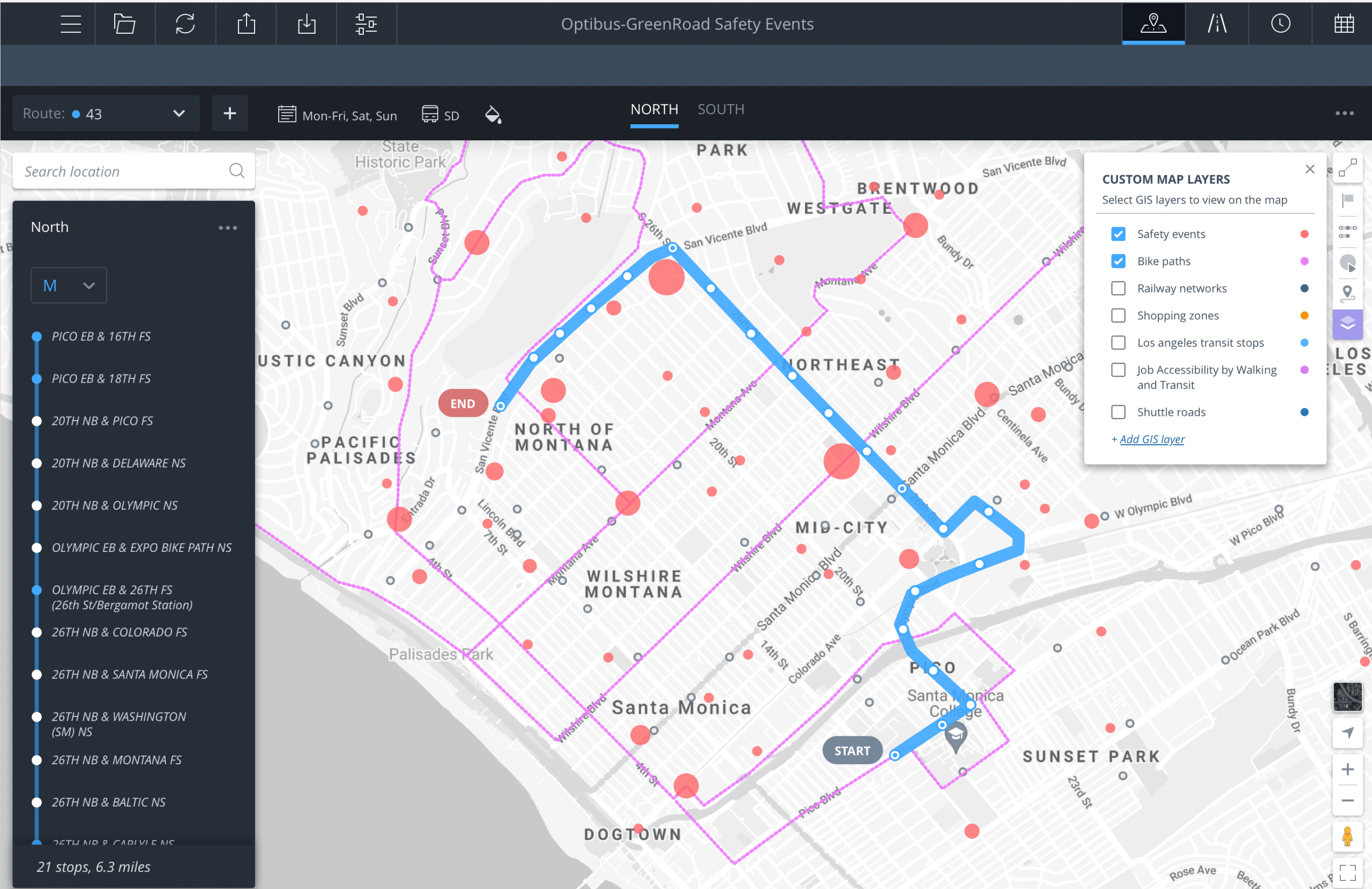We know vehicle and crew scheduling are complex, and we know most transportation players optimize them. How many use optimization for rosters? You'd be surprised.
We now know the answer, at least with respect to US transportation operators we had surveyed: 71% of them do not use optimization as part of the process.
We all know that rostering impacts driver shortages, overtime pay and work-life balance. Yet roster optimization is often overlooked despite the fact that it can bring considerable benefits. Good rostering has the potential of saving 2-5% of all labor-related operating expenses. It also carries the enormous promise of creating weekly rosters that can make driving a bus more appealing to operators.
With regards to crew scheduling, the compliance requirements and huge computational complexity force both optimization and validation, to ensure the runcut is both efficient and valid (i.e. compliant). This doesn’t seem to be the case for rosters. While duty (crew) optimization (runcutting) is rarely overlooked, roster and relief vehicle optimization often are. What is the extent of this and what do transportation operators think? This is where a survey can come in handy, and that’s exactly what we did. The results are based on 37 responses from US transportation operators.
How are you doing your rostering today?
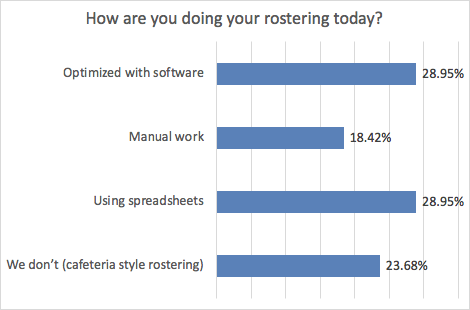
As you can see in the responses, the lion’s share (71%) of respondents do NOT optimize their rosters, and may be leaving some money on the table as well as offering less convenient rosters to their operators. Interestingly enough, 76% of them don’t use cafeteria style rostering, meaning that about two-third of rosters that could be optimized, are not.
What is your number 1 rostering goal?
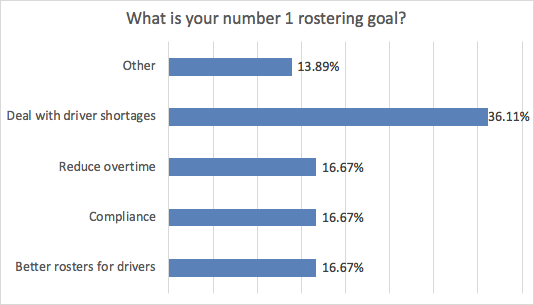
In this question we zoomed in on the motivations for rostering – whether they are related to financial requirements (such as reducing overtime) or have to do with driver satisfaction.
About half (52%) were concerned with driver satisfaction, either from the angle of dealing with driver shortages (36%!) or creating better rosters for drivers.
What is your greatest concern when working on rosters?
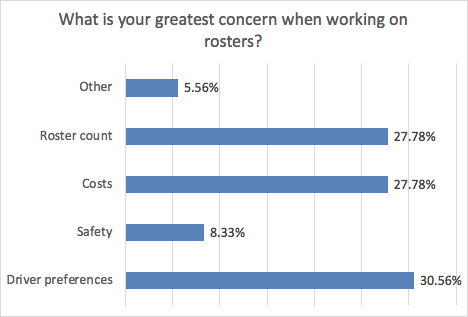
The number one response to this question, at almost 31% of respondents, is that the most difficult part is to respond to driver preferences, which obviously impacts driver satisfaction and even the ability to both hire and retain new drivers. It is in everyone’s interest to create a diverse set of rosters that are good for different groups of drivers, e.g. retirees who want to work part time, single parents etc. Indeed, this is where roster optimization requires the ability to define different groups of roster preferences and optimize accordingly (Optibus supports this, by the way).
Roster optimization is a win-win for all involved
The public transportation industry needs happy drivers, and to do so, it needs to give them good shifts and good rosters. Otherwise, the problem of driver shortages will persist. Rostering, an often overlooked scheduling practice, has more to it than meets the eye and manually edited rosters are not the solution. It’s time agencies and operators learn the value of doing rosters well and optimizing them. On the driver side, doing away with practices like cafeteria style rostering can enable more drivers to get better rosters, rather than having a few drivers get good rosters and leaving little benefits to the rest.

